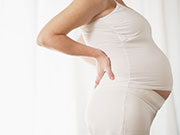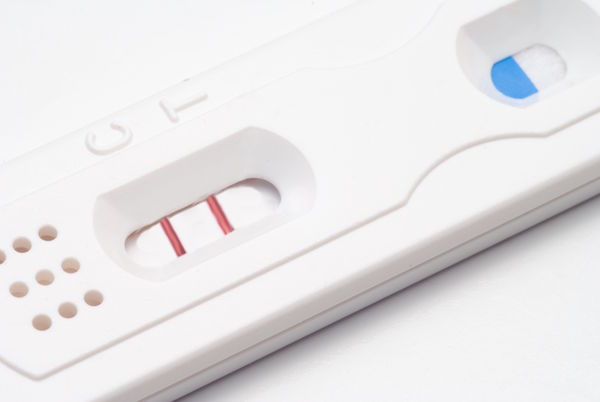
THURSDAY, Dec. 5, 2013 (HealthDay News) — Pregnancy rates continue to decline in the United States, a federal report released Thursday shows.
The rate reached a 12-year low in 2009, when there were about 102 pregnancies for every 1,000 women aged 15 to 44, according to the latest statistics from the U.S. Centers for Disease Control and Prevention.
That rate is 12 percent below the 1990 rate of about 116 pregnancies per 1,000 women. Only the 1997 rate of 102 has been lower during the past 30 years, according to the report.
Experts said two factors are driving the downward trend: improved access to birth control and decisions by women to put off childbearing until later in life.
Those trends have caused the average age of pregnancy to shift upward.
Pregnancy rates for teenagers also have reached historic lows that extend across all racial and ethnic groups. Between 1990 and 2009, the pregnancy rate fell 51 percent for white and black teenagers, and 40 percent for Hispanic teenagers.
The teen birth rate dropped 39 percent between 1991 and 2009, and the teen abortion rate decreased by half during the same period.
Overall, pregnancy rates have continued to decline for women younger than 30.
“The amount of knowledge that young women have about their birth control options is very different compared to a few decades ago,” said Dr. Margaret Appleton, director of the division of obstetrics and gynecology at the Scott & White Clinic in College Station, Texas. “Birth control is more readily available to women, and they are more knowledgeable about it.”
At the same time, pregnancy rates have steadily increased for women aged 30 to 44. The rate increased 16 percent between 1990 and 2009 for women aged 30 to 34, for example, and 35 percent for women aged 35 to 39.
Dr. Jeanne Conry, president of the American College of Obstetrics and Gynecology, said the report’s findings are consistent with the trend of women having children later in life that has emerged in developed countries.
“This may reflect the opportunities for women to establish educational and career objectives,” Conry said.
In addition to women having children later in life, they also are choosing to have fewer kids, Appleton said, which is driving down pregnancy rates.
“More women in the professional workforce are delaying childbearing, and then when they get around to it, they choose to have fewer kids,” she said. “I think you see women choosing to have one or two children compared with four or five, which was more common in the 1970s.”
Women who hold off on pregnancy have an increased risk of miscarriage and genetic abnormalities in their children, a risk that increases as they grow older, Appleton said. They also have an increased risk of infertility.
A mother in good health, however, likely will remain healthy and produce a healthy baby no matter what her age, she said.
“If the mom is healthy, [age] is not likely to affect the child’s health,” Appleton said.
Other findings from the CDC report include:
- The overall abortion rate in 2009 was the lowest recorded between 1976 and 2009. The rate — 18.5 abortions per 1,000 women — is one-third lower than in 1990, and reflects a nearly continuous decline since 1980.
- Pregnancy rates have declined about 10 percent each for married and unmarried women since 1990.
- The birth rate for married women is 72 percent higher than the rate for unmarried women.
- The abortion rate for unmarried women is nearly five times higher than the rate for married women.
More information
Go to the U.S. Centers for Disease Control and Prevention for more on reproductive health.
Copyright © 2025 HealthDay. All rights reserved.

